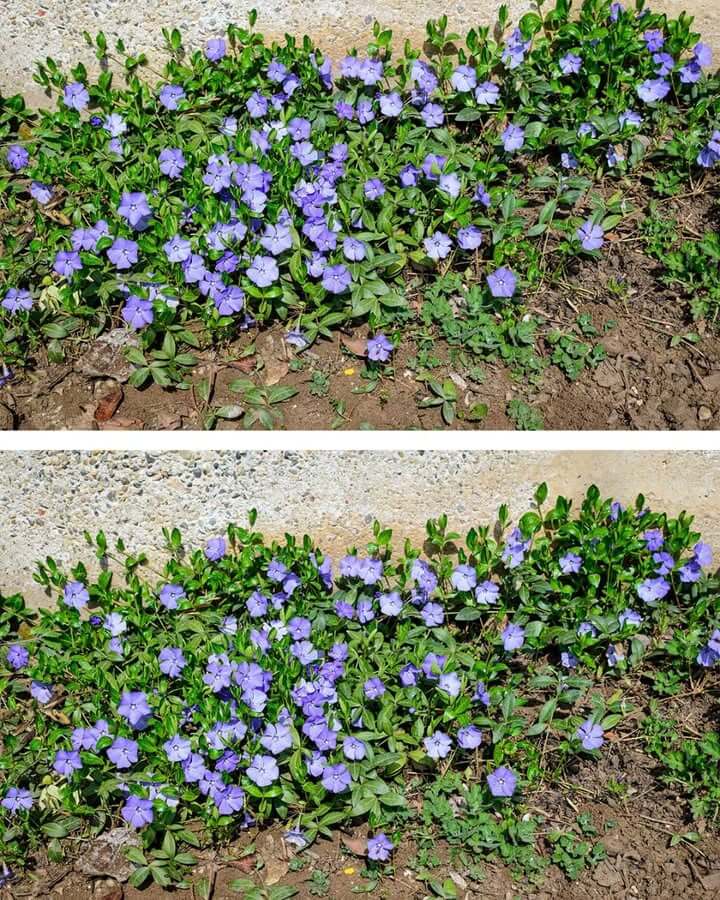The periwinkle plant, often passed over for flashier garden staples, holds a wealth of potential that remains largely unrecognized. Scientifically named Vinca, this evergreen beauty isn’t just about adding a splash of color to your landscape. Its striking blue and purple blossoms have intrigued not only gardeners but also herbalists and researchers, who have uncovered a range of powerful uses. In this article, we’ll explore the hidden qualities of periwinkle, including its historical roles, botanical features, and exceptional medicinal value.
A Glimpse into Periwinkle’s History
Periwinkle has carried meaning and use through many generations and cultures. In ancient civilizations, it was employed in spiritual rituals and was often seen as a symbol of protection. Both the Greeks and Romans recognized its potential in healing and used it in early medical treatments. Throughout the Middle Ages, periwinkle gained associations with mysticism, appearing in charms and love spells. This long-standing cultural presence highlights the plant’s enduring value across time and traditions.
Botanical Traits of the Periwinkle Plant
Belonging to the Apocynaceae family, periwinkle is known for its glossy green foliage and its distinct, star-shaped flowers. Adaptable to a range of climates, it thrives in various environments with minimal care. Whether placed in full sunlight or partial shade, periwinkle continues to flourish, making it a favorite for gardeners seeking reliable ground cover. Its spreading growth habit helps prevent soil erosion and easily fills in empty spaces in garden beds.
Health Benefits and Medicinal Power of Periwinkle
One of periwinkle’s most notable features is its wide-ranging medicinal potential, thanks to the presence of alkaloids like vincristine and vincamine. These naturally occurring compounds have drawn attention for their ability to assist in treating different medical conditions, including memory issues and cancer. With additional anti-inflammatory, antimicrobial, and antioxidant effects, periwinkle continues to earn recognition as a plant of significant therapeutic value. Its use in traditional herbalism has laid the groundwork for modern medical interest and study.
Why It Works: The Science of Periwinkle’s Active Compounds
The effectiveness of periwinkle in health treatments is largely due to its bioactive alkaloids. Vincamine supports improved blood flow to the brain, enhancing memory and focus, especially in older adults. Vincristine has become a critical component in chemotherapy drugs because of its ability to prevent cancer cells from multiplying. The anti-inflammatory aspect of the plant is thought to work by limiting the production of certain inflammatory chemicals in the body, making it beneficial for conditions like arthritis.
Common Health Applications of Periwinkle
Periwinkle is used to support brain function, particularly in age-related cognitive decline. It plays a role in some cancer therapies, and its extracts are also used to help regulate blood pressure, support healthy circulation, and ease diabetes-related symptoms. Thanks to its natural antimicrobial action, it may assist in treating infections and aiding the healing of wounds.
How to Use Periwinkle Safely and Effectively
There are several ways to incorporate periwinkle into a health routine. The plant is available in forms such as dried herbs, liquid extracts, and tinctures. Tea made from the leaves is a popular option for those looking to support brain health. For more concentrated effects, tinctures or standardized extracts may be more appropriate. However, proper usage and dosage are essential, and it’s highly advised to consult with a medical professional before starting any regimen involving periwinkle.
Important Safety Considerations
Although periwinkle offers promising health benefits, it’s not without risks. Taking too much can result in nausea, dizziness, or lowered blood pressure. It is not recommended for pregnant or nursing women, due to a lack of research on its safety in these groups. Anyone considering periwinkle for therapeutic use should speak with a healthcare provider, especially if they are already taking medications or have underlying health concerns.
Final Thoughts: Embracing the Hidden Power of Periwinkle
The periwinkle plant is more than just a charming garden addition—it’s a source of natural strength and healing potential. Too often underestimated, this plant has a rich legacy and a promising future in both traditional and modern medicine. By appreciating its history, understanding its botanical makeup, and acknowledging its therapeutic properties, we can better harness the true power of periwinkle. As scientific research continues to explore its benefits, this humble plant stands as a powerful reminder of nature’s untapped gifts.
